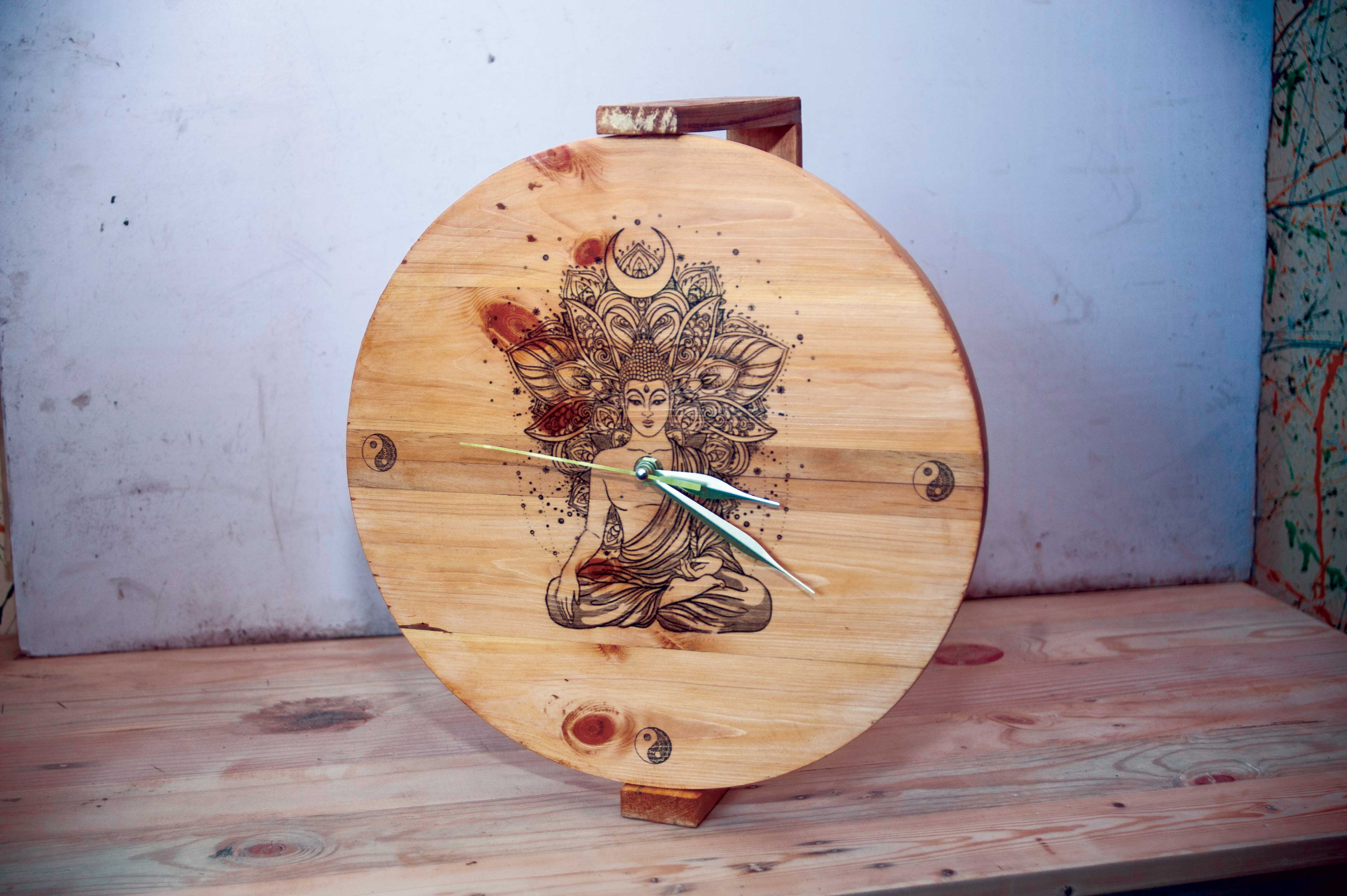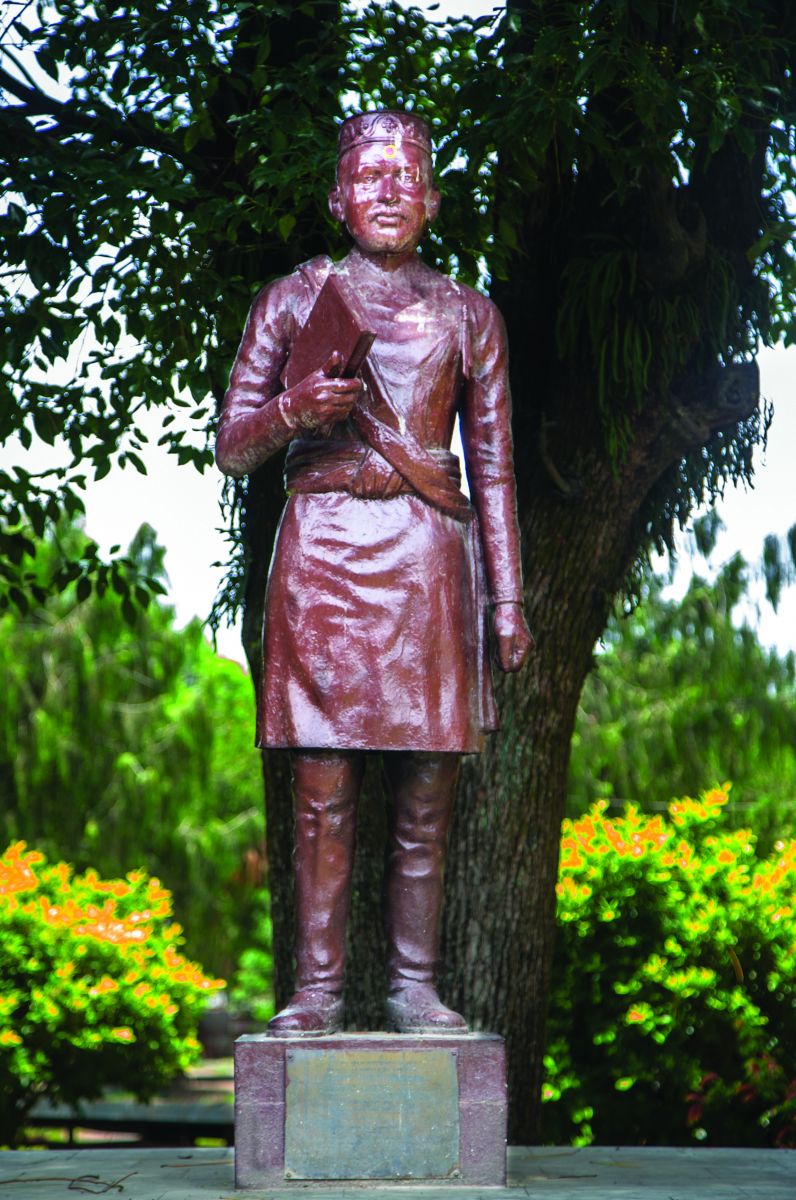The Writer is a monthly magazine full of ‘Advice and inspiration for today’s writer’, it says on the cover. While thumbing through a recent issue I stopped cold at the following advice to writers, by other writers:
Read voraciously...
Read everything you can. A mix of contemporary and classics... Read like a writer – try to understand the choices, the governing intelligence and design of a work. I am appalled by how many ‘writers’ I meet answer with a blank stare when I ask ‘What are you reading now?’
Precisely.
Becoming and being a good writer is predicated on becoming and being a good reader – of books and articles, of history, biography, travel, poetry, all well beyond the daily news. “Read like a writer” is the best advice I know to tell others who are becoming writers. And aren’t we all still becoming writers, even the most experienced of us?
What does it mean to read like a writer?
For a writer to read well means that you not only seek entertainment or escape or new knowledge, but that you also examine how the author has structured her article or book. What’s the angle? For what audience? What critical choices were made – what’s left in, left out? What strikes you as really good, interesting, provocative, insightful, useful? What do you want to remember, to try out or mimic in your own writing?
Reading well also requires reading aloud, listening to the words. A recent book by Alan Cheuse, an American novelist, is entitled just that: Listening to the Page (2001). In it Cheuse emphasizes the importance of reading before and with writing. His book is in three parts: Reading, Rereading, and Writing. Say it again: reading, re-reading and (then) writing.
Another author on writing is Francine Prose (I love her surname; what’s more appropriate for a prose writer than the name Prose?). Like Cheuse, she has written an equally provocative book, Reading Like a Writer (2006). Right off (on page 2) she reminds us that long before there were writing conferences, writers’ workshops, or creative writing classes and textbooks, “writers learned by reading the work of their predecessors.” Prose mentions learning from Ovid’s meter, Homer’s plot construction, Aristophanes’ comedy, and both Montaigne’s and Samuel Johnson’s lucid style. There’s also Ernest Hemingway’s dialogue. And Jon Krakauer’s non-fiction action. And so many other great writers-as-mentors, classical, recent and contemporary, to learn from. “And who could have asked for better teachers: generous, uncritical blessed with wisdom and genius, as endlessly forgiving as only the dead can be?” she asks.
“In the ongoing process of becoming a writer,” says Prose, “I read and re-read the authors I most loved. I read for pleasure, first, but also more analytically, conscious of style, of diction, of how sentences were formed and information was being conveyed, how the writer was structuring a plot, creating characters, employing detail and dialogue. And as I wrote I discovered that writing, like reading, was done one word at a time, one punctuation mark at a time. It required what a friend calls ‘putting every word on trial for its life’: changing an adjective, cutting a phrase, removing a comma, and putting the comma back in.”
“I read closely, word by word, sentence by sentence, pondering each deceptively minor decision that the writer had made... I can remember the novels and stories that seemed to me revelations: wells of beauty and pleasure that were also textbooks, private lessons in the art of fiction.” And the same for non-fiction, of course. Ultimately, all writers know (she says) that “we learn to write by practice, hard work, by repeated trial and error, success and failure, and from the books that we admire” (emphasis added).
Good writing and reading! – with thanks (while writing this column) to books and authors I admire.
Don Messerschmidt may be contacted at don.editor@gmail.com. ‘The Reader’ was painted by Ferdinand Heilbuth in 1856.











